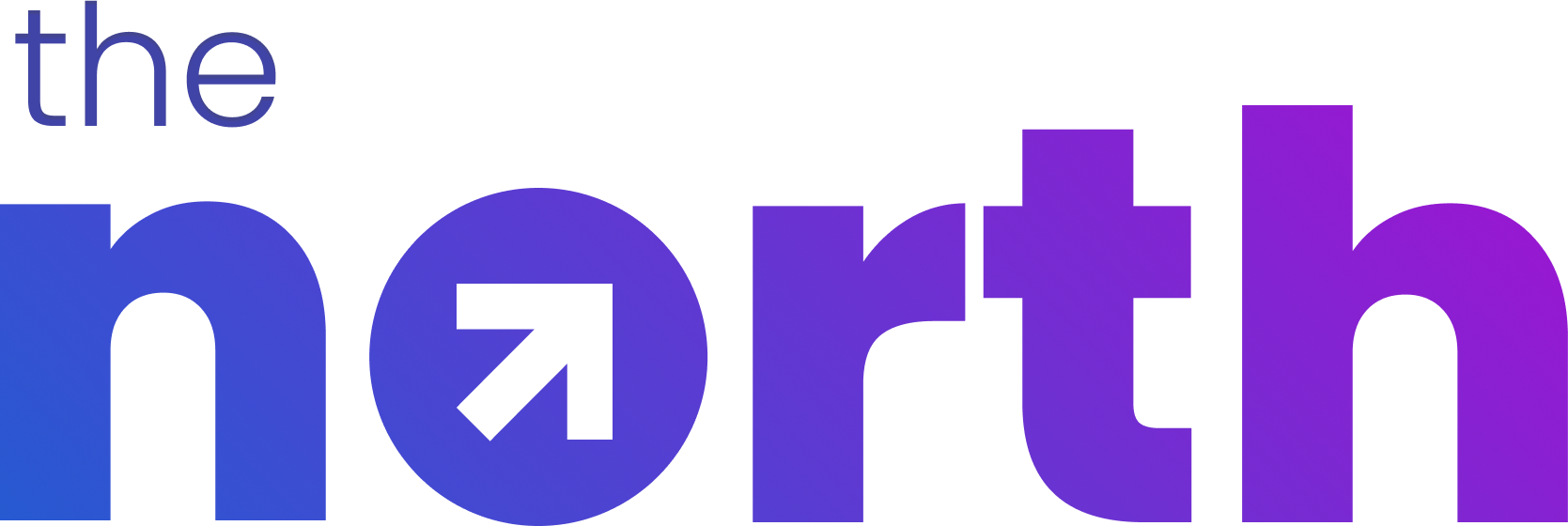Committed OKRs: these are OKRs which are within reach, and a clear path to achieving them is known.
Stretch OKRs: these are OKRs which are ambitious and new ways of achieving them will have to be discovered.
What are Stretch Goals (OKRs)
As popularised by Google, the real benefit of OKRs come from setting ambitious stretch goals. This is a way to allow people to think creatively about how they can take massive leaps instead of incremental gains. In stretch goals, the outcomes are not guaranteed, the path to success is not defined and teams will often experiment and learn along the way. Sometimes they will achieve 50% of their ambitious goal. Sometimes 20% or if they’re lucky they’ll get to 70% of the target number.
When planning, it is essential to calibrate and set expectations with the management teams if this is a stretch goal or a committed goal.
Stretch OKR example from Google
Objective or Goal
- Develop the next-generation client platform for web applications.
Key Results
- Chrome reaches 20 million seven-day active users.
Initiatives
- Broadened their distribution deals with the OEMs [original equipment manufacturers]
- Embarked on a “Chrome Fast” marketing campaign to heighten product awareness in the United States
- Expanded their demographic by launching Chrome for OS X and Linux.
- Creating a passive alert for former Chrome users who’d been dormant
☞ Read how Google CEO Sundar Pichai used OKRs to build the world’s most popular web browser
What are Committed Goals or OKRs
There are also times when teams can commit to an outcome. The OKR is something the team feels confident about and the path to achieving the goal is well-defined.
Let’s look at an example of a stretch goal or OKR
Committed OKR example
Objective or Goal
- Allow users to pay via a provider of their choice
Key Results
- Integrate top 5 payment gateways requested by Q3
Initiatives
- Complete integration with Google Pay
- Complete integration with Stripe
- Complete integration with Paypal
- Survey our users about their payment needs
How to score stretch and committed OKRs
When closing goals and OKRs at the end of the quarter, it is important to consider how committed vs stretch goals should be rated.
When closing a goal or a key result in North, there are 4 outcomes to choose from; Completed, Partial, Missed and Dropped. In case of a stretch goal or key result, it is OK to mark them as completed even when they are only 70% complete. This expectation, however, must be decided between the manager and the team when setting the goal.
| % Complete of a Stretch Goal | Outcome |
|---|---|
| > 70% | Completed |
| 40%-70% | Partial |
| < 40% | Missed |
| % Complete of a Committed Goal | Outcome |
|---|---|
| 100% | Completed |
| 60%-99% | Partial |
| < 60% | Missed |
North is a single app for Strategy, OKRs, and Initiatives
North is built for data-driven companies that want to make an impact.
Companies of all sizes use North for strategy, goals and Initiatives.

Before you start
What are OKRs?
OKR Meaning
History of OKRs
Benefits of OKRs
Are OKRs right for me?
OKR Mistakes to Avoid
A Brief Guide to OKRs
Aligning with OKRs
Strategic Planning
OKRs in Strategy
SMART, MBO, BHAG
Role of an OKR Champion
Take the OKR Quiz
The North Guide to OKRs
Getting started with OKRs
How North works
A typical OKR Cycle
Planning your OKRs
Weekly OKR Check-In
Stretch vs Committed OKRs
Aligning vs Cascading OKRs
Aligning OKR Teams
OKRs vs KPI
OKR vs KPI: with Examples
Input vs Output metrics
Good and Bad OKRs
OKRs and Agile
OKR Templates
Learning resources
Vision & Mission Templates
Google OKR Template
OKRs for Product teams
OKRs for CEOs’ teams
OKRs for Sales teams
OKRs for Marketing teams
OKRs with Google Workspace
North Features
Getting started with North
Org and Team goals
Goal Initiatives
Goal Check-ins
Give Awards
Goal Alignment
Our take on Product
OKRs for AARRR Metrics
On Product discovery
Communicating well
Metrics for Product teams
Telling stories with data
Data visualisation
🏔
